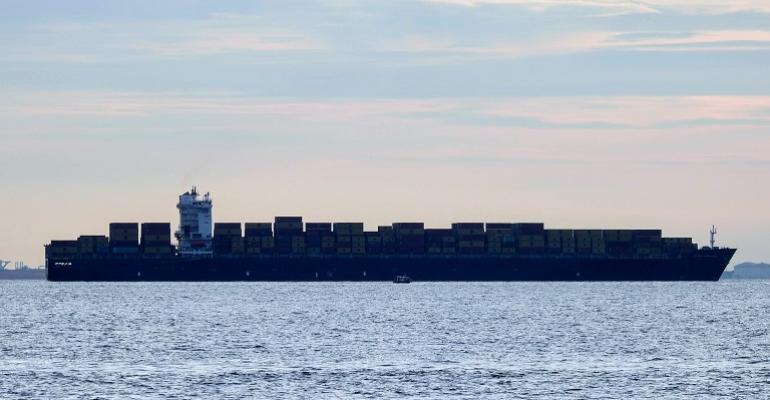International Union of Marine Insurers (IUMI)’s annual press conference discussed the crises that have hit international supply chains with drought and low water in the Panama Canal, the deepening crisis in the Red Sea and Middle East regionally and continuing events in Ukraine as war in Europe rages.
However, Neil Roberts, IUMI Secretary and Policy Forum Liaison said insurers closely followed the elections in Taiwan and looked for reaction from China and concluded that “nothing had happened yet,” nor was it likely to.
“Trade goes on as normal for now,” said Roberts “there is a lot of speculation, but nothing has happened… there are a number of downsides for China in carrying out anything further in terms of difficulties of a military operation, the difficulties it would cause economically to China, so there is no immediate prospect of military action.”
IUMI Executive Committee member Mariella Dauphinee warned, however, that with the drought in Panama causing many ships to divert via Suez, and then the Red Sea crisis hitting this trade lane too vessels for the US east coast and Europe that have been delayed could converge at ports at the same time after Chinese New Year, with US bound vessels taking up to 88 days to sail via the African Cape and across the Atlantic.
“We are facing a convergence of two crises,” argued Dauphinee, who traced the start of this convergence to November 2023 when the Red Sea attacks by Houthis first began.
Taking into account the export surge that comes before the Lunar New Year in China and Asia you have traffic from the US and Europe arriving two to three weeks late into Asia, that could lead to a shortage of delivered goods and a shortage of empty containers. This will lead to gridlock at export terminals and goods missing their connections, at transhipment ports.
“So, the entire [container] shipping sector could see the same misalignment of inbound goods and corresponding empty equipment shortages that could also hit Europe and the Americas, so really you have a glut of late arriving ships on all three continents,” explained Dauphinee.
To some extent the perfect storm of crises has been alleviated by the Ukrainian military’s success in protecting international shipping along its Grain Corridor and maintaining sufficient port operations in terminals in the Odessa region which had seen the export of more than 10 million tonnes of grain alone from the region.
IUMI President Frédéric Denèfle pointed out that commodity prices had tripled during the initial stages of the war as Russia’s blockade of Ukrainian Black Sea exports created concerns that parts of Africa and the Middle East would suffer shortages, “But we can see that agricultural commodity prices are now stable.”
Denèfle added that with the diminished threat from Russia’s Black Sea fleet and Ukraine’s ability to repair infrastructure the Grain Corridor has had some success, “All owners sending ships into the Black Sea were able to secure insurance.”
Copyright © 2024. All rights reserved. Seatrade, a trading name of Informa Markets (UK) Limited.
Add Seatrade Maritime News to your Google News feed.  |

